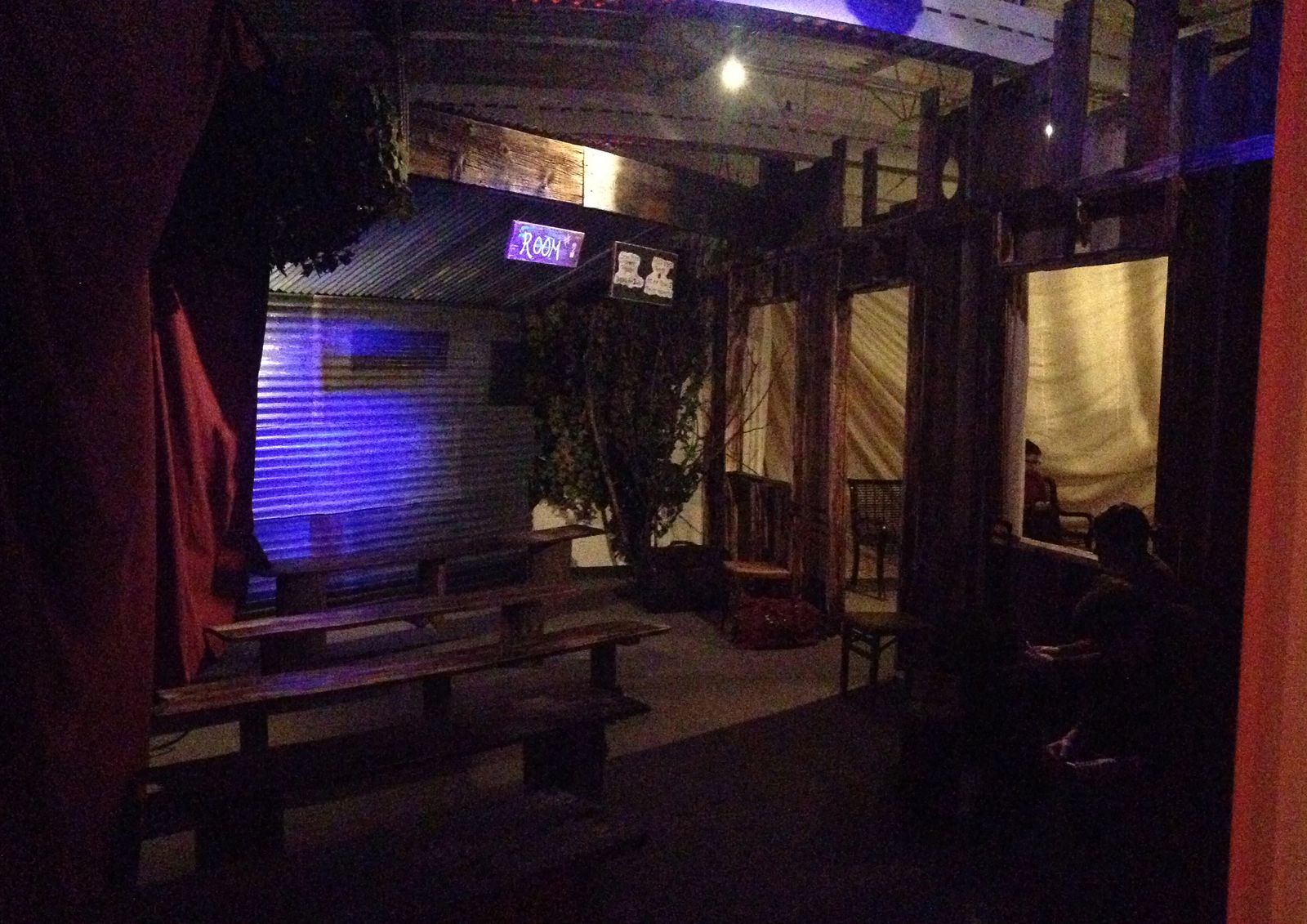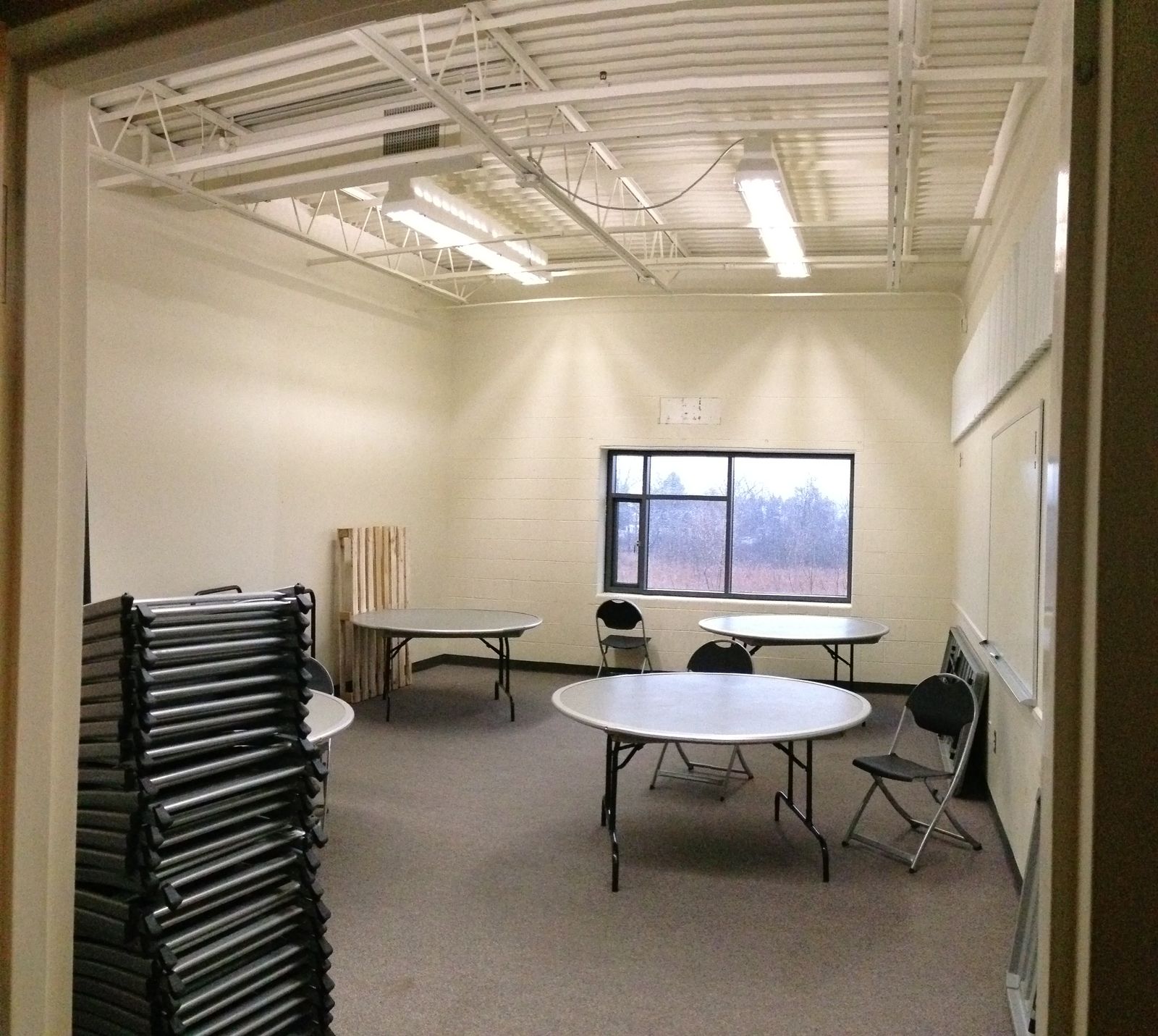Showing all posts tagged #kensington:
Resignation News (All Staff)
Posted on July 19th, 2018
Production Design - not a fan.
Posted on September 8th, 2013

- Foam-board (held up by jack-stands and tape)
- Visqueen
- Projectors (to see video of what they do, visiting http://egwolfe.tumblr.com/post/60597727024/this-weekends-productiondesign)
- Hanging lights
-
- S4ParN with tough spun and barn doors
- clusters of LEDbricks
- LED movers mounted to side of truss
Prepping for vacation
Posted on August 23rd, 2013
130828 midweek stage *DONE130831&0901 weekend stage *DONE130904 midweek stage *DONE130907&08 weekend stage ("not a fan." wk1) *DONEconstruction diagram for "not a fan." assembly *DONEemail to portable campus with my sketch suggesting how they might accomplish it *DONE
I have a pretty cool job.
Posted on May 26th, 2013
I have a pretty cool job. This is me posing in the Audi R8 that we put on our stage for this weekend. The second image is me rappelling down after changing the lamp in one of our fresnels.
Thanks to Kyle and Andrew for taking the photos.


A Response to Questions About Design Materials and Our Stage Turn Process
Posted on May 1st, 2013
Our take on Palm Sunday
Posted on March 24th, 2013
Our take on Palm Sunday (which has to hide the Easter set behind the traveler) The simple beauty of a broken down band and a bare stage dressed w. but a simple length of red fabric on the floor

Journey Home Experience
Posted on March 10th, 2013
- Lumber - some new (especially for the foundational construction) but lots harvested - old pallets and also some genuine barn wood (thanks to the beautiful openhandedness of my friend Josh)
- Related to the lumber that we used for both construction and decor, Corrugated Metal.
- Also related was a bunch of branches. Some turned into curtain rods; others bunched for decor in corners.
- Fabrics - We placed an order from RoseBrand for Muslin (IFR) to make the Tepees and the window treatments. We also reused such fabrics as Black Tergalet, Burgundy Commando (both recycled from last year's Easter as well as the Story conference - http://egwolfe.tumblr.com/post/32260613465/story2012-productiondesign-our-goal-was-to) and as usual, some Duvetyn (I find endless uses for this amazing bang-for-the-buck product). Yes, I'm a fan of RoseBrand… Also some camouflage netting that we used for Easter '08.
- Recycled Props like lamps from Christmas, fake stone pillar reflecting pools from a Midweek series ages back, several benches and chairs, etc.
- Pillows, drapes, sand for a sandbox, and custom created signage.
- In addition to lamp-posts, candles, suspended light bulbs, lamps, and chandeliers; I created a light-plot using a few theatrical instruments including pars & lekos with gels&gobos, RGB-LED fixtures, as well as some home-made track-lighting pin-spots that we recycled from a previous experiential walk-through on the 2nd floor. The benefit was that we eased guests into the experience and therefore could get away with things being pretty dim. For what we had available to use, I was very happy with how it turned out.










Production Design Software
Posted on March 10th, 2013
The price point is also great, especially for multiple users.
Vectorworks is awesome, but is more (both in cost and complexity) than our workflow requires - especially with multiple users; most of whom are not "designing" but rather just laying out a plot.
There are many other programs I might consider writing about, but I'll leave this post with the above two mentions for now. Connect with me and I can share my workflow if you're interested…
Man Cave meets Stadium Suite meets TV Sports Show
Posted on March 4th, 2013
This year, our discussion theme was about the things we lift up as idols. This is the concept I came up with: "Man Cave meets Stadium Suite meets TV Sports Show."
We reused some flats we’ve used for past productions - 20’ of which we used for the upstage wall; and another 20’ worth we cut out to make a "window." Behind this, we put a couple RP video screens. We created our graphics based on this 32:9 ratio. On the walls (which were lit with soft-focused breakups and LED sconce lights) we built shelves for some amazing sports memorabilia that was generously loaned to us for the weekend.
A primary context for us is live music - placement of the band: For this weekend, I chose to let them spill from SL into the middle of the stage balancing the visual weight of the "window"/screen. Behind them we used S4pars with difusion and barn-doors to back/side-light with warmth and give feel of the "forth wall" of a TV studio. The three levels of hanging truss created a visual "ceiling" and allowed for programming of fun lighting (see video in my Feb. 3 post) to support/enhance music.
Anyway, here are three photos that show the concept idea through the build in process and finally a shot I snapped while standing on a seat in the 6th row as guests were walking in on Saturday night…I won't share the details about how 75sec. prior, I was finessing the placement of some of the decorations.



The cast and crew of #kensingtonchristmas
Posted on December 24th, 2011
The cast and crew of #kensingtonchristmas


Creative Director | Process Architect. Design Strategist. Leadership Coach.